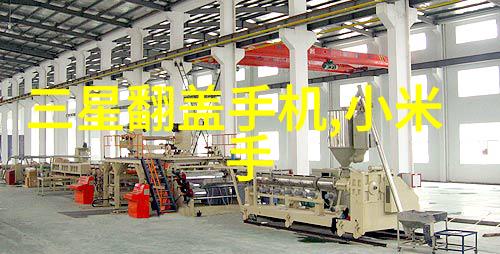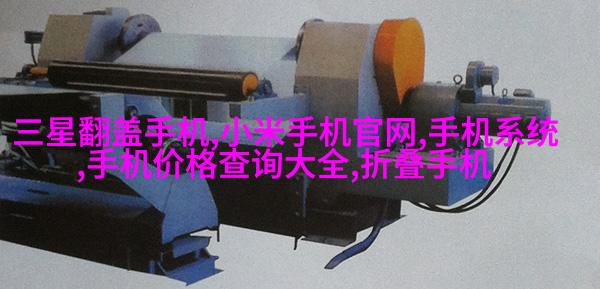在家居生活中,厨房、卫生间等进出水量较大的场所都会有比较大的进排水竖管,这些管道裸露在外,有时会影响美观,因此许多人都想把它隐藏起来。这就是厨卫管道隐藏好帮手——包立管。

Part1:隐藏厨卫管道 包立管施工需知
厨房、卫生间是家中用水量和排水量都比较大的地方,因此会用到一些比较大的管道,横向管道可以用吊顶和地面遮住,而竖向的管道则一般采用包立管的方式隐藏起来。

1、包立管介绍
包立 管是一个家居装修用语,即在家居装修时,把厨房和卫生间的下水 管道和给 水 管 道 的 立 管 用 装 修 材料 包 装 起 来,起 到 隐藏 管 道 的 作 用。

2、包立pipe需要留检修口
按麻烦程度和不稳定程度来说,立pipe能不包尽量不包,能用可拆卸材料的包法就尽量不用固定包法,能用轻质材料package就尽量不使用厚重材料package。尤其是在旧房改造装修中,因为pipe都是有寿命的,都可能需要检修或更新。封得太死,或检修口太小,都会给以后的装修带去麻烦。

3、package费用的计算方法
然而,大部分的厨卫pipe都是要package的,不同地区对此也有不同的规定,一般情况下会采用固定package与其他墙面统一协调来进行package与装饰。package费用的计算方法可以根据实际使用情况来决定,比如按面积计费,也可以按照个别算费。

4、在进行防water之前也要做好准备工作
可以在厨卫刷完防water涂料后/package, 也可以/package后再刷防water涂料。但如果是water pipe,那么应该在刷完防water涂料后/package,以免将来万一pipeline漏 water祸及邻居。有检查口的地方注意,在/package的时候留好,以备将来不时之需。
Part2:Construction Methods: Bricklaying vs. Wood Frame Method
The construction methods of package include many different approaches, with the most common being bricklaying, wood frame method, lightweight steel frame method and aluminum board method. Here we will first understand the two main methods: bricklaying and wood frame.
1., Bricklaying Method
Bricklaying is a construction technique that uses bricks to build around the pipes before laying tiles. The bricks are used to create a solid foundation for the tile installation. The process involves laying bricks in a pattern around the pipes and then filling in any gaps with mortar.
Note: When building around pipes using this method, it is important to ensure that there are no gaps or cracks in the wall where water can seep through and cause damage.
2., Wood Frame Method
The wood frame method involves using wooden frames to create a structure around which tiles can be laid. This approach is more cost-effective than bricklaying but may not be as durable or long-lasting.
Note: When using this method, it is important to ensure that all joints are properly sealed so that water does not seep through them and cause damage.
In conclusion, there are several ways to hide kitchen and bathroom pipes during home renovation projects. While some methods may be more expensive than others, they all have their own advantages and disadvantages depending on your specific needs.
For example:
Bricklaying provides excellent soundproofing qualities.
Wooden frames offer greater flexibility when installing fixtures.
Lightweight steel frames provide excellent durability while minimizing weight.
Aluminum boards offer easy installation without sacrificing aesthetics.
Ultimately, choosing the right material depends on factors such as budget constraints; desired appearance; expected lifespan of materials; etc.
It's also worth mentioning that some people prefer traditional materials like ceramic or porcelain tile because they're easier cleanable compared with stone surfaces (which require regular maintenance).
However these options also have their drawbacks:
Ceramic/Porcelain Tiles tend towards cracking under heavy foot traffic
Natural Stone requires special cleaning products due its porosity
Therefore homeowners should weigh pros & cons based on personal preferences before making final decision about how best achieve aesthetic goals while ensuring functionality remains intact within given budget constraints